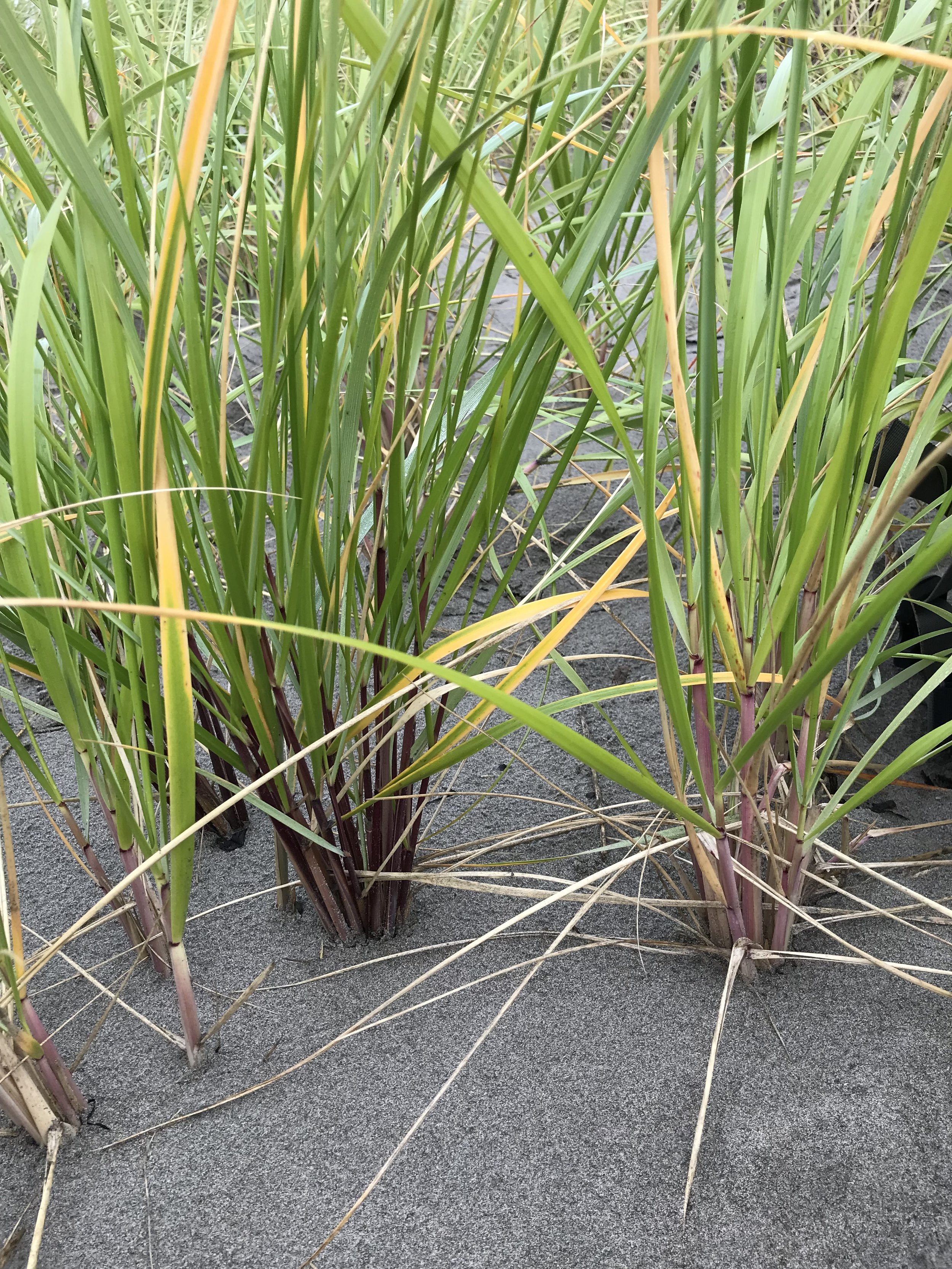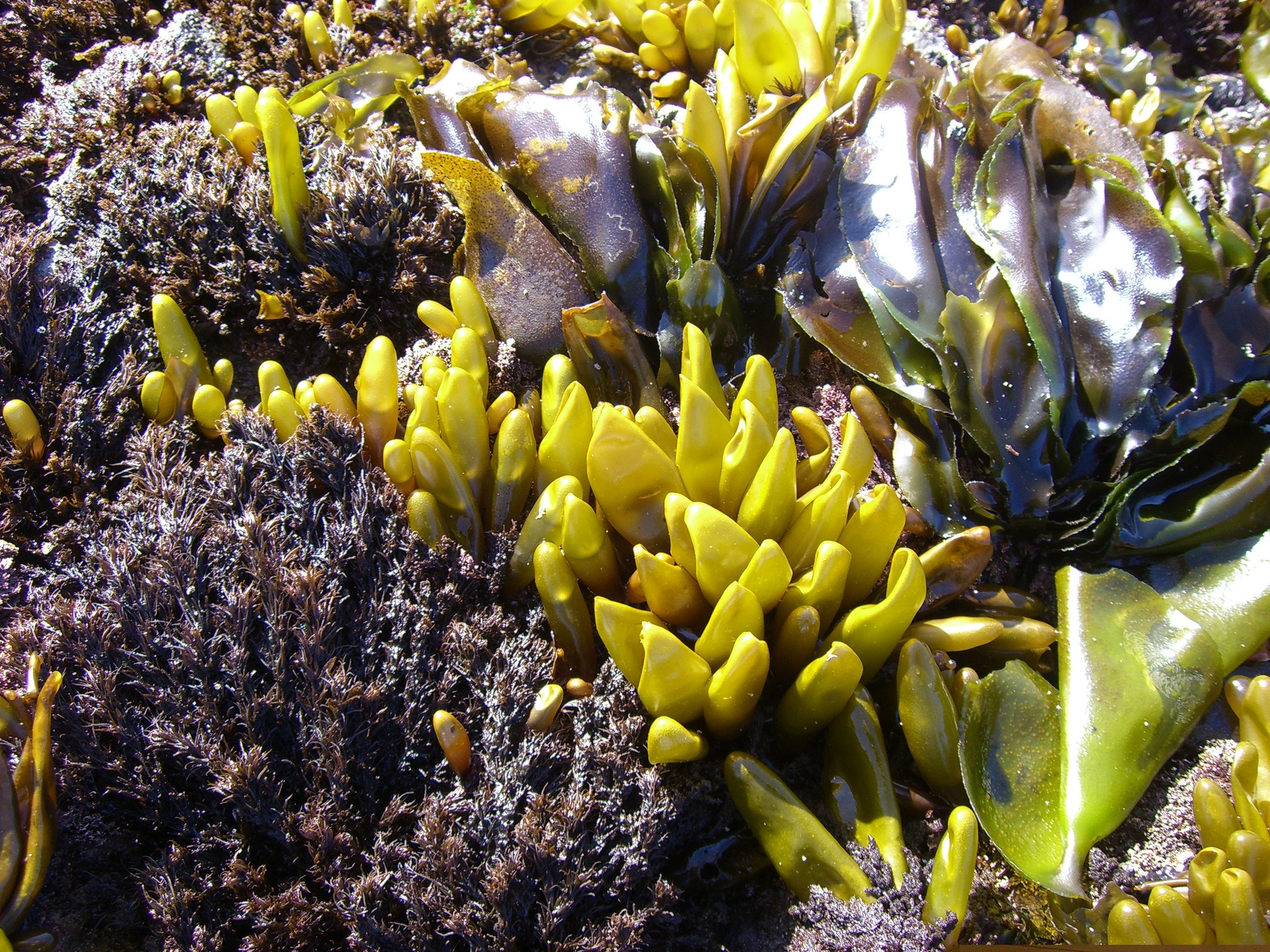Our work involves using observations, experiments, and models to explore the mechanisms important to community structure and function at local and regional spatial scales in dune, estuary, and rocky shore communities.
Regional scale processes such as ocean upwelling, wind and waves, and sediment dynamics are major contributors to local community structure and function. We can take advantage of the large variability in these processes along the coast to explore how differences in local physical conditions and species interactions contribute to community structure and mitigate coastal vulnerability under climate change.
Major research themes that intrigue and motivate us include 1) The relative role of physical (oceanic, climate, and sediment) factors versus biotic (dispersal, interactions, bioengineering) factors to ecosystem dynamics, 2) The protective role of ecosystems in mitigating coastal vulnerability from climate change, including natural and nature-based features, and 3) The invasion, modification, and restoration dynamics of invasive coastal plants.
Beach and Dune Ecosystems
Coastal ecosystems, particularly beaches and dunes, are gaining recognition as important arbiters of the effects of extreme storms, sea level rise, and tsunamis on coastal communities. We study the biophysical interactions between waves, wind, sand, and coastal vegetation to better understand the processes that control large-scale variation in dune morphology and its role in ecosystem services such as coastal protection, recreation, native species conservation, and carbon storage.
In the Pacific Northwest, we explore how non-native coastal plants invade and modify their environment, and the mechanisms involved in restoration, under different ecological contexts. Most recently, we have focused on beachgrass invasions and their effects on Pacific coast dune ecosystem structure, functions, and services. A century ago, two non-native beachgrass species (European beachgrass Ammophila arenaria and American beachgrass Ammophila breviligulata) were intentionally planted on the Pacific coast to stabilize an open, shifting sand environment. The result was a landscape-level transformation of dune ecosystems with consequences for coastal protection, recreation, and native species conservation. We have studied this system from a variety of perspectives including the role of the two beachgrass species to 1) dune building, 2) carbon storage, 3) native plant and animal species species, and 4) hybridization. We have also considered the role of ocean upwelling and marine-derived nutrients to grass production and its effects on dune building and coastal protection.
Estuary and Rocky Shore Ecosystems
We use similar observations and experiments at sites across a latitudinal range from Washington to northern California to understand how variable nutrients, phytoplankton productivity, temperature, and ocean acidification produced by ocean upwelling and large scale climate regimes influence the productivity and species interactions among dominant community members. More recently, we have focused on the role of marine heat waves to major primary producers, including macroalgae and seagrasses, to understand how these ever increasing oceanographic events will influence coastal ecosystems in the future.





